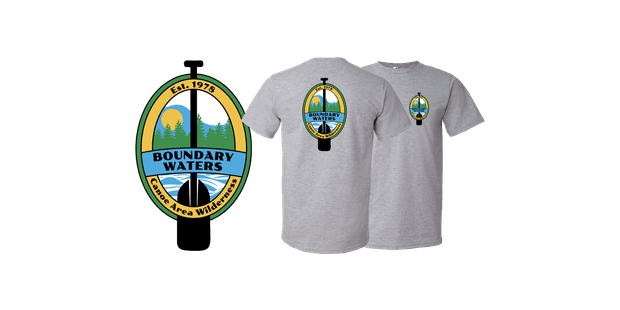Whitewater Canoe Mistakes
Hundreds of paddlers of all ages attend our canoe school annually. Day after day, we detect and correct paddling problems of all walks of canoeists, from beginner to advanced. When you spend as much time teaching canoeing skills as we do, you notice about 11 common bad habits many canoeists develop. If paddlers never have their mistakes corrected, everything from surfing and ferrying to catching midstream eddies and navigating big drops becomes more and more difficult.
Like telemark skiing versus alpine skiing, single-blade paddling is harder to learn than double-blade boating. The longer learning curve requires a basic toolbox of skills to attain a high level of proficiency. Following are 11 of the most common paddling mistakes that will keep you from becoming an efficient paddler.
1. Pulling your paddle grip inside of your canoe gunwale, which puts your blade at an angle when ruddering. Instead, extend your upper hand out so the grip is outside the gunwale.
2. Not heeling the canoe's hull into the direction of a turn.
3. Trying to draw or sweep the bow against the current to change the canoe's direction instead of prying or drawing the stern downstream.
~Get the BWCAW Tee~
With over 1,090,000 acres of wilderness area, the BWCAW is a paddler's paradise.
4. Changing paddling sides to steer the canoe.
5. Not holding the paddle vertical when doing a power stroke.
6. When solo paddling or paddling stern in a tandem, not doing a rudder at the end of the power stroke.
7. Leaving eddies with too much angle when starting an upstream ferry.
8. Not starting a stern pry with the paddle blade touching the side of the canoe at the stern, and prying the paddle until it is so far out that it kills forward momentum. Inappropriate reverse sweeps create the same problem.
9. Not burying the blade completely under the surface when executing strokes.
10. Not enough forward momentum when punching eddy lines.
11. Using a paddle that is too short.
Douglas Wipper, a former director of the National Canoeing Schools of Canada, is the director of the Steamboat Springs Canoeing School in Steamboat Springs, Colorado. He has instructed canoeing for universities and private camps for more than 30 years.
Related Articles
Even though they are flipping over, missing their gates and failing their maneuvers, they still look…
In this video, we're going to look at five kayaking tips that will help make you a better paddler, or…
Most paddlers will develop a forward stroke that is powerful enough to get them where they need to go,…
Let's take a look at one of the strokes in the bracing family at the entry level. We have done High…




